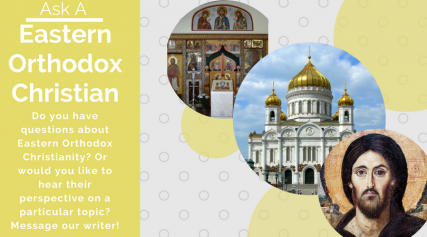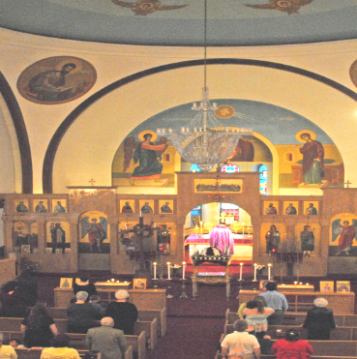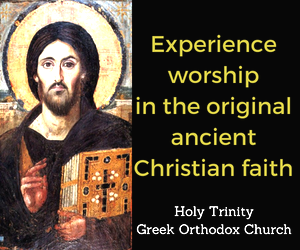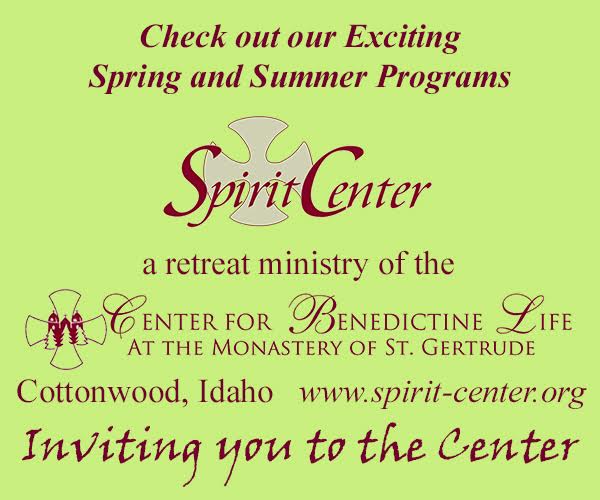What would you like to know about the Eastern Orthodox Christian faith? Submit your question.
Why do you stand during the whole service in Eastern Orthodox churches?

Pews are a western innovation, not that they are a bad innovation as we do have a lot of sick and elderly. When a person is sitting, they are not as active and tend to get comfortable and less focused. They are more likely to become distracted by observations and their thoughts. Worship is defined as “the work of the people,” and by standing, we are making an effort to participate proactively and communicatively.
To begin with, the “the Presence” of Christ is always on the alter table when you enter an Eastern Orthodox Church. In this house of God there is no holier place, not if in the Ark of the Covenant were found, nor on Mount Tabor where Moses encountered God or any other place on earth.
Eastern Orthodox Christians know that when they enter the church, it is a place where Heaven and earth meet. They know they are stepping into a realm that joins them to the sacred holy majesty of God and His kingdom.
In today’s secular culture and especially in some church worship there appears to be a diminishing aspect of the “sense of the sacred.” In new age church’s, worship may have many distractions like the latte in the pew, how great the sermon was, the band on the stage, the type of music heard, and not necessarily about corporate worship, but more often about entertainment.
Posture in Worship in the Eastern Orthodox Church

Standing or Sitting is it proper and right during different parts of the Liturgy and other services. We stand in hopes of maintaining a more attentive posture in our worship. We stand in the Liturgy at the beginning while the priest gives the blessing, during Entrances the Little and the Great, when the priest is censing the icons and congregation, during the Gospel reading, at the Anaphora (“Eucharistic Prayer; for Holy Communion), and the final Blessing. If you find the amount of standing too challenging, you are welcome to take a seat. It gets easier with practice. Those who feel physically unable and the elderly may of course sit.
Bowing in the EOC is a more reverential and profound bow than just mere nodding of the head.
Kneeling is known as the lesser penance the bending of the knees usually on a kneeler attached to the pews.
Metania from the Greek word μετάνοια is an expression of reverence and is executed by first making the Sign of the Cross. Then, one bends from the waist, reaches toward the floor with the right-hand open and facing outward, and touching the ground and then rising upward. A wonderful experience of reverence, obedience, humility, and praise.
Prostration from the Greek προσκυνήσις is associated with penance, submission, obeisance all out of love as an earthly reverence and wonderful experience. It is an act of distributing one’s self on both hands and knees, touching the forehead to the floor, then standing up. One usually makes the Sign of the Cross before and in the end. And I might add a great way to incorporate the physical and mental conditioning of the body, aiding in achieving the healthy wholeness of the human experience.
We as Orthodox say “Come taste and see how much God loves you” and experience the antiquity of what has been practiced in the ancient Christian Church from the beginning. In our belief, the Fathers of the Church tell us that to function as a “whole person” one must not just concentrate on our spirit alone, but also on body and mind. Our thoughts do determine our lives and so does our physical and mental condition.
1 Corinthians 6:19 -20 “Do you not know that your bodies are temples of the Holy Spirit, who is in you, whom you have received from God? You are not your own. For you were bought at a price; therefore, glorify God in your body and in your spirit, which are God’s.”






